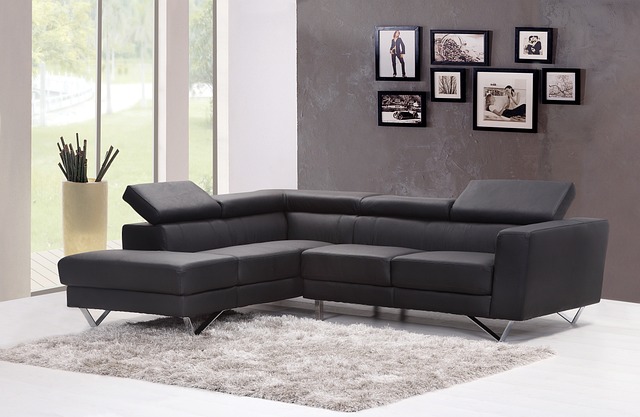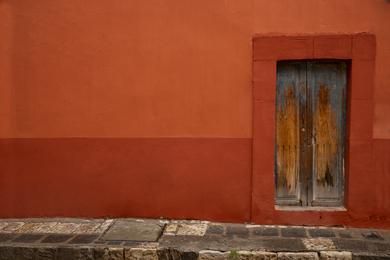“The Psychology of Color in Home Design: How to Create the Right Mood”
Color is a powerful element in interior design that can affect our emotions, mood, and behavior. Understanding the psychology of color can help you choose the right colors for your home and create the desired atmosphere.
In this blog, we will explore the psychology of color in home design and how to use it to create the right mood.

Red: Energizing and Stimulating Red is a bold and powerful color that evokes passion, excitement, and energy. It is a great color for areas where you want to stimulate conversation and activity, such as a dining room or living room. However, too much red can be overwhelming and even create feelings of aggression.
Blue: Calming and Serene Blue is a soothing and calming color that evokes feelings of peace, relaxation, and serenity. It is a great color for bedrooms, bathrooms, and other spaces where you want to create a tranquil atmosphere. Too much blue, however, can make a room feel cold and uninviting.


3) Green: Refreshing and Restorative Green is a refreshing and restorative color that evokes feelings of nature, growth, and harmony. It is a great color for areas where you want to promote relaxation and well-being, such as a spa or yoga room. However, too much green can create a feeling of monotony and blandness.
4) Yellow: Cheerful and Energetic Yellow is a bright and cheerful color that evokes feelings of happiness, optimism, and energy. It is a great color for areas where you want to promote positivity and creativity, such as a home office or study room. However, too much yellow can be overwhelming and even create feelings of anxiety.
5) Purple: Luxurious and Regal Purple is a luxurious and regal color that evokes feelings of sophistication, elegance, and creativity. It is a great color for areas where you want to create a sense of luxury and opulence, such as a master bedroom or a living room. However, too much purple can be overpowering and even create feelings of gloominess.
6) Orange: Invigorating and Friendly Orange is an invigorating and friendly color that evokes feelings of warmth, energy, and excitement. It is a great color for areas where you want to promote social interaction and creativity, such as a kitchen or a family room. However, too much orange can be overwhelming and even create feelings of frustration.
7) Neutrals: Versatile and Timeless Neutral colors, such as beige, gray, and white, are versatile and timeless colors that can be used in any room of the house. They create a sense of balance and harmony and can be paired with any accent color. However, too much neutral color can make a room feel dull and lifeless.
In conclusion, the psychology of color in home design is a powerful tool that can help you create the right mood in your home.
By understanding the emotional and psychological effects of color, you can choose the right colors for each room and create a harmonious and balanced living space.





